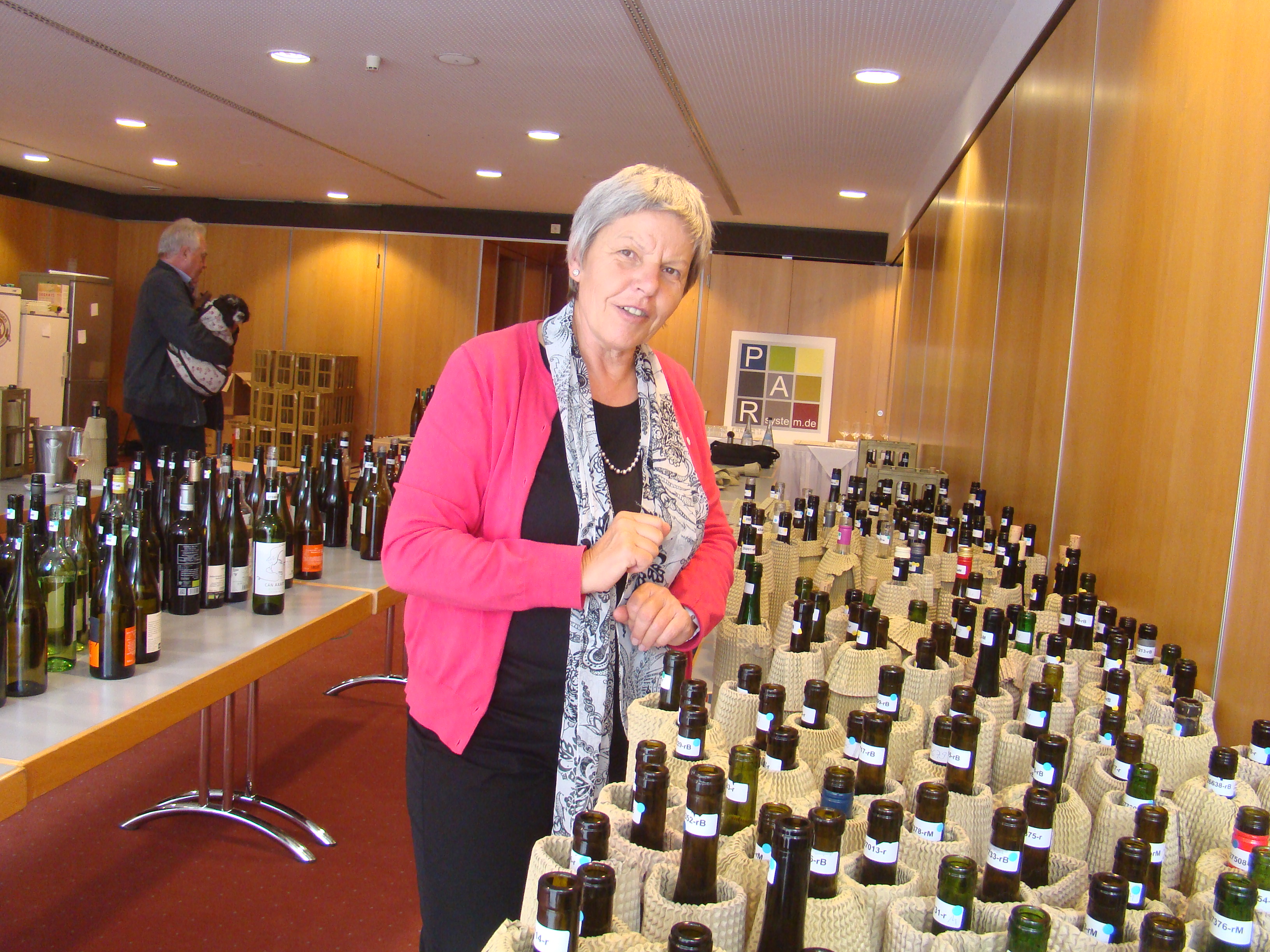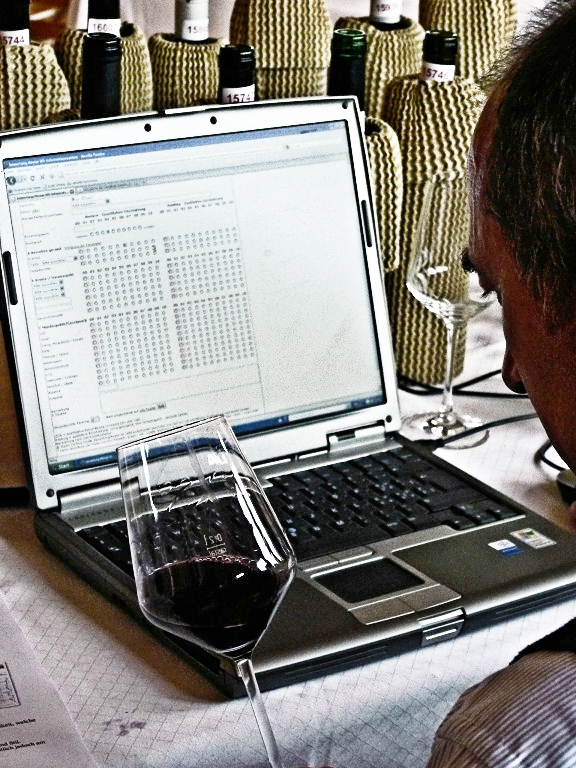How does PAR® assayer taste wines and what’s in it for us?
After checking through the worldwide wine selection for a while, the question about all this hype around medals, scores, stars and compliments from different establishments becomes inevitable.
What are the applied standards? How does the assessment process work? What and why is good or bad? And most important one: what’s in it for me? To unveil this, we ask you out to a behind- the- scenes- PAR®- excursion.
Preparing for tasting
To make sure that marathon sessions, like the international organic wine award with its more than 1000 submitted items this year, run smoothly, a plenty of spadework is necessary.
 Wines are sorted not only by origin but also by type of grape and stylistics which means either modern or traditional way of production. Furthermore, nothing works without data collection which usually turns to be a mammoth task.
Wines are sorted not only by origin but also by type of grape and stylistics which means either modern or traditional way of production. Furthermore, nothing works without data collection which usually turns to be a mammoth task.
Unlike other common tasting methods, prior to PAR competitions, administrators record not only information about the producer, type of grape, quality classification, vintage etc, they also gather product-specific features like acidity, residual sugar, alcohol concentration and winemaking method. This process stage is called “the product” and is the first letter in the “PAR word”.
Why is this procedure necessary? Even though no details about winery and wine are known, ingredient relating indications are indispensable to provide individual wine assessment according to the PAR method.
Tastings relating to authenticity and suitability do not work without information about the exact place of cultivation, production method and ingredients features of the wine.
Tasting
Once the groundwork is done, three-member teams of specially trained PAR assayers prepare themselves to analyze wines within each group, to record its sensory characteristics and to award points strictly after consensus has been reached in all criteria.
Letter “A” in PAR vocable means analysis as a result of the sensory examination via eye, nose, and mouth. The tasters create a profile consisting of sensory active ingredients and note it down in the PAR data sheet on a scale of 1 to 10. Approximately 20 different criteria are predefined and have to be documented, among them clarity, color intensity, sweetness, acidity, bitterness, phenols, astringency, CO2, and balance.
After all sensory effective components are captured, we move to “R” which means “ranking” in the PAR. The tasters discuss how ingredients should be assessed in relation to the product, focusing on the way the wine is made and its origin -suitability is less important- applying the scoring system (1 to 10) and resulting in a 100 points scale.
Points from the last step of the process generate the overall score, sometimes leading to the medal awarding. Finally, the experts forecast the ageing potential based on the exact moment of tasting. However, it is necessary to point out that, due to different versions of wine storage, it is not possible to provide the tangible statement about wine potential, even knowing the exact method and place. An example of completed PAR datasheet.
Quality standards
WINE System AG ensures fair, objective and transparent competition performance according to the PAR method by means of analytical approach, meticulous and continuous training and commitment of three-member teams.
We believe that there is no sense in qualitative product appraisal without understanding it down to the last detail.
Benefiting from PAR…
No doubt, PAR medals, along with points & Co awarded by other competitions, bring significant marketing impact enhancing the product.
However, this is most probably the only feature in common. One of the crucial advantages of PAR analysis is the replicability brought by this method.
PAR datasheet is extremely valuable for the quality management by showing how to optimize the production process. A growing number of winemakers apply this technique to determine origination process of wine, which helps to tap the full potential. For instance, winemakers can better recognize the appropriate time to bottle the wine or to switch from steel tank to barrel.
At the end of the day, this is a question of taste whether gold medal awarded wine corresponds to the personal preferences. The assessment shows merely the faultless production and fulfillment of expectations in terms of authenticity and make. Having a quick look at the PAR datasheet, those who are able to make use of technical terms, simply recognize the fact that wine browser of WINE System AG provides information about sensory features of each wine. It is easy to find out whether it harmonizes with personal taste.
Wine lovers who can’t do anything with terminology are recommended to contact trusted wine expert retailers, who will translate the PAR analysis and provide them with competent information. Taking stock of what we have mentioned above, there is a need to mention that a medal figures prominently and has an important task in helping all of us: producers, retailers and, first and foremost, people who buy, drink and love wine.
Further information about PAR method and training under www.winesystem.de sowie www.par-system.de/en/education.html; eine Zusammenfassung aller PAR Weinwettbewerbe unter www.weinpreis.org.


